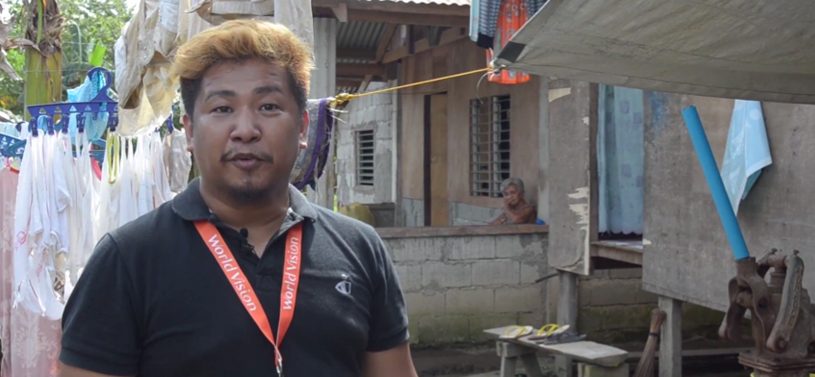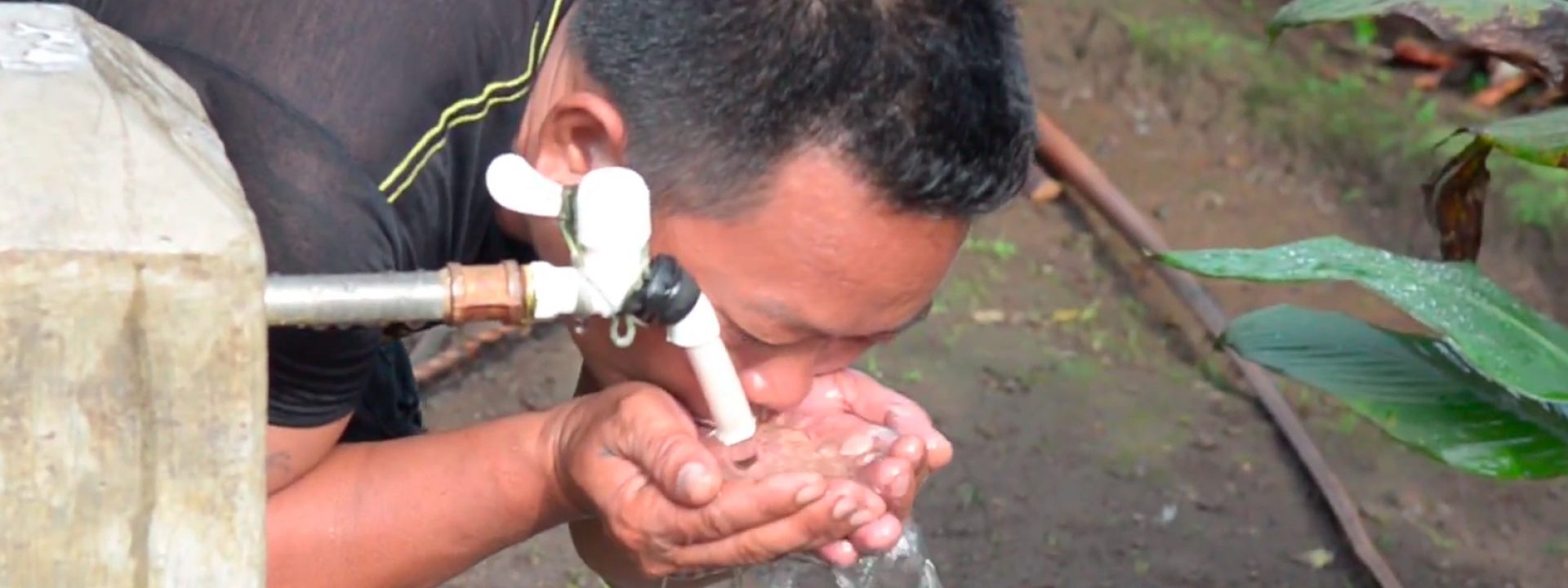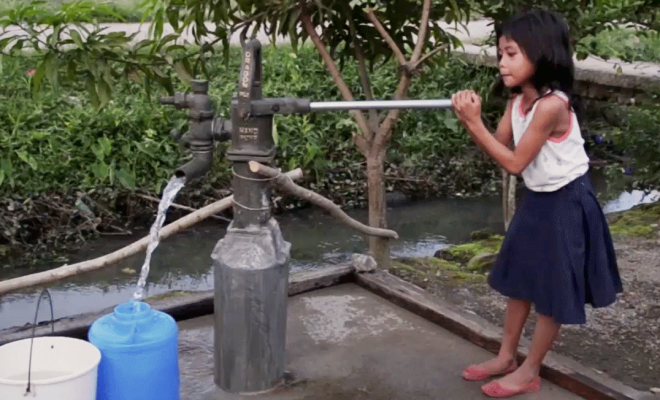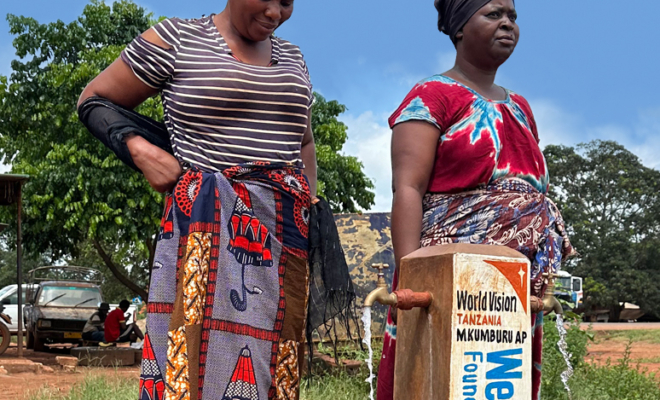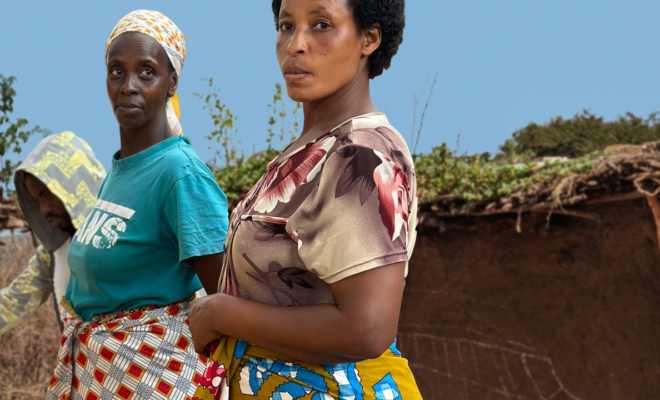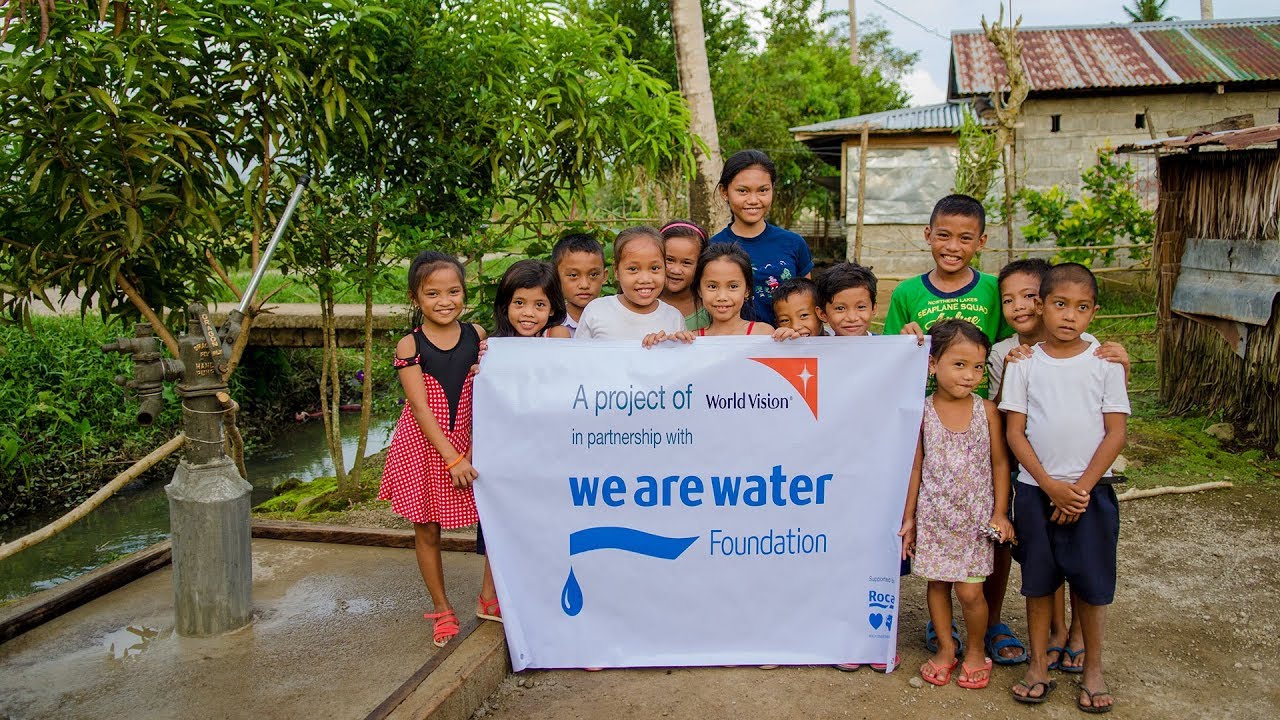
“I am in charge of collecting the money we pay for water in this community. If the money we collect is not enough, I pay the remaining amount myself.” These are Marylin’s words, one of the managers of the water sources that the We Are Water Foundation has recovered in collaboration with World Vision in one of the most affected areas by Typhoon Haiyan. Marylin lives in a small community in the island of Leyte, where the gusts of wind reached 235 km per hour and rainfall was torrential.
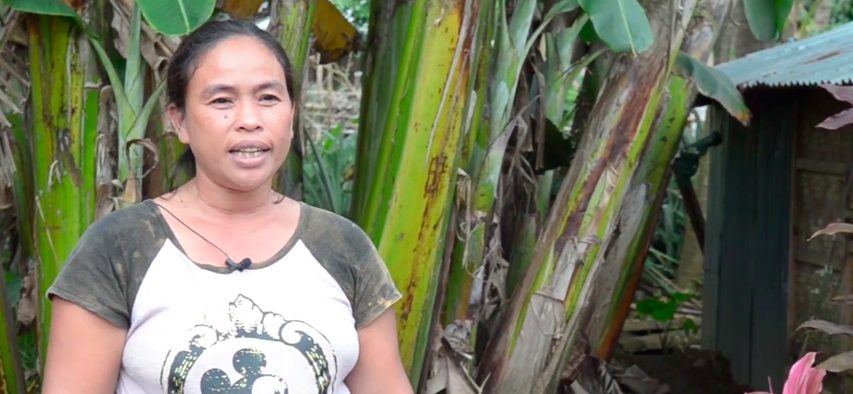
The project of the We Are Water Foundation and World Vision repaired eight communal water systems, six level-1 systems (rainwater traps or sources with a manual pump) and two level-2 systems (communal taps connected with pipes to a tank and to a source of water with a higher flow rate) This allowed the access of around 4,500 people to drinking water.
The project established and trained eight water committees that agreed, together with the members of the community and the public workers in charge of water, to pay three pesos (0,047 €) per canister, an amount that enables the maintenance of the water supply facilities in perfect condition. Marylin is a member of one of these committees and her work and generosity play a key role in order to achieve the sustainability of the help received in the level-1 and level-2 systems, which are the ones that depend the most on users.
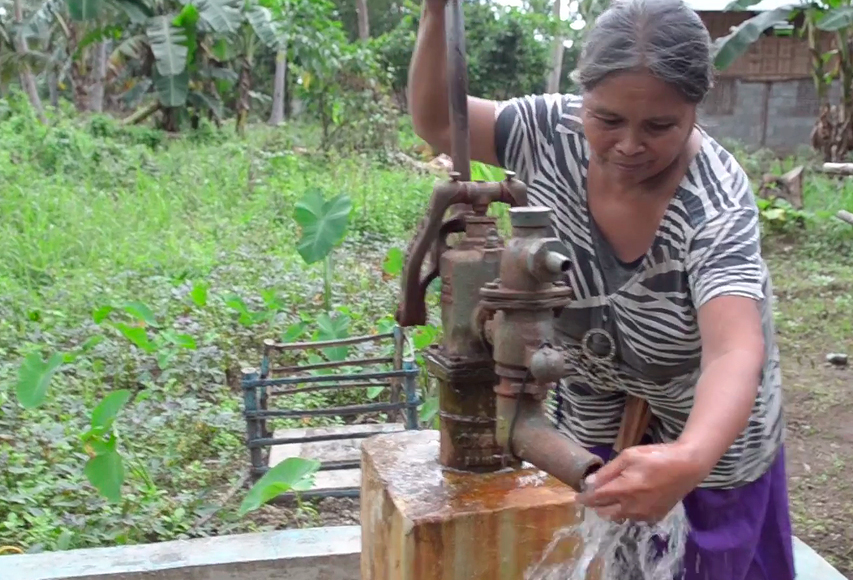
Following a communal strategy, these committees are also the foundation to implement the awareness-raising processes on hygiene with the aim of avoiding the practices that threaten the health of the users of these facilities.
After a disaster, communities become more aware of the value of water infrastructures and in this sense the participation in the control of the use and maintenance of the facilities is a cross-cutting element that joins and raises awareness, two key factors for the sustainability of the facilities and the decrease of the vulnerability of the population to a meteorological phenomenon that climate change will make more frequent.
Haiyan caused around 10,000 deaths and the loss of nearly all coconut, sugar cane and rice crops and of thousands of livestock. 575, 000 houses were destroyed and 4.4 million people were displaced from their homes. As explained by the expert in disasters Eric Cesal, director of special projects of the Curry Stone Foundation, at the series of conferences Development by Design, organised by Roca along with the School of Architecture of UIC Barcelona: “the recovery of a devastated area greatly depends on the capacity of the displaced persons to return”. And to achieve this it is essential to recover the access to water, since as stated by Aaron Aspi, head of Communications at World Vision Philippines “without water there is no chance of return or rebuilding”.
